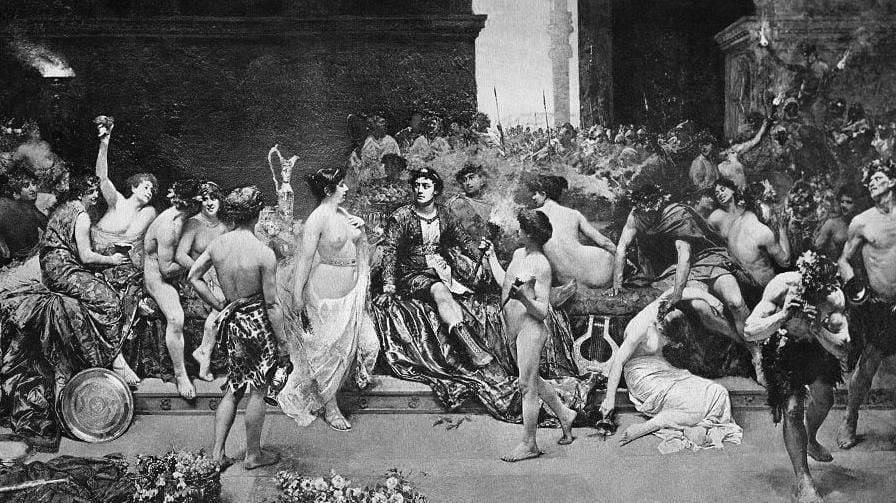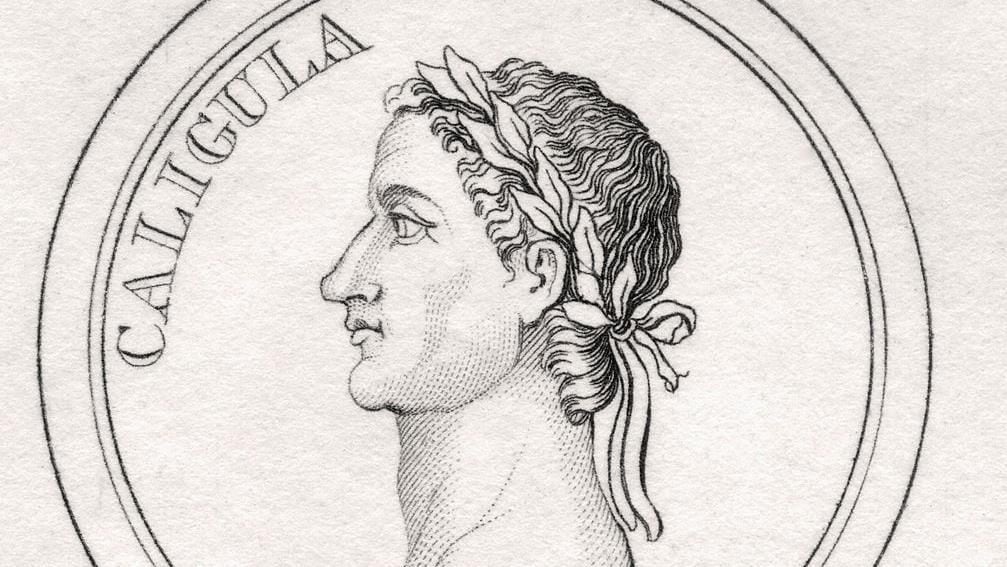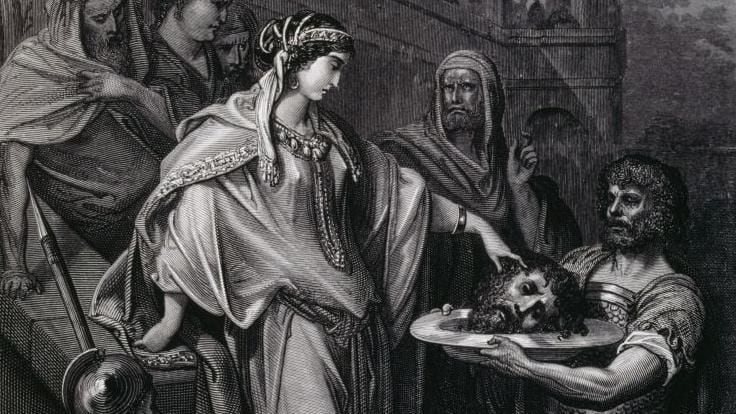Orgies evoke images of Greco-Roman antiquity, thanks to more or less erotic films starring libertine emperors, or Federico Fellini’s Satyricon.
The term is used today to describe all kinds of excesses.
LOOK: 24 frantic hours in Russia: the keys to understanding the challenge of the Wagner Group to Putin by sending his troops to Moscow
The orgy seems to us an absolute celebration of the pleasures of the flesh in an ancient society that would have been free of all moral ties.
But what was the reality?
The word comes from the Greek orgy.
It refers to rites performed in honor of deities such as Dionysus, whose cult celebrated the regeneration of nature.
These cults were known as “mystery cults”, that is, they were reserved for initiated men and women who had previously promised not to divulge their secrets.
The word orgy evokes a idea of excitement and passion.
The orgiastic rites, little known because of their mysterious status, could have implied the manipulation of objects in sexual forms during ecstatic and violent practices whose objective would have been to seek the collective drunkenness.
However, it was not until the end of the 18th and 19th centuryespecially in French literature, when the term orgy came to refer to group sexual practices, most of the time associated with excesses in food and drink.
Gustave Flaubert He evokes, in his story Smarh, from 1839, “a nocturnal party, an orgy all full of naked women, beautiful as Venus.”
Prostitutes… and fish
However, the orgy as an event was not a modern invention.
Banquets that combined gustatory and erotic pleasures are well documented in ancient texts.
In the fourth century BC, for example, the Greek orator esquinesin his allegation against Timarco, accused his enemy of having given himself up to “the most shameful voluptuous pleasures” and “all the things with which a free and noble man should not allow himself to be overwhelmed.”
What are those forbidden pleasures?
Timarco invites flutists and other venal women to his house and sits with them.
It should be noted that the flutists are not mere artists here, summoned only for their musical talent, but also young prostitutes likely to satisfy the sexual demands of the guests.

Like the hiring of courtesans, the very expensive fish consumption was the object of special attention by the orators of the fourth century BC
Demosthenes combines these two facets of debauchery in his plea About the fake Embassy.
In the year 346 BC, the city of Athens had sent ambassadors to the king Philip II of Macedon, that threatened Greece militarily.
But the sovereign had corrupted some of the Athenian envoys into supporting his imperial ambitions.
One of the ambassadors, bought by the Macedonian kingis accused of Demosthenes of having squandered that ill-gotten money acquiring “prostitutes and fish”.
A double crime of gluttony, both sexual and nutritional.
Roman debauchery
Roman historians also describe sumptuous banquets, in which sex and food were combined.
In the 1980s, the Sila dictator he would have been the first political leader in Rome to organize sex parties.

It is said that he imported the model from the Greek east, where he had led a military campaign.
Sila started drinking in the morning with actresses, musicians and mimes, recounts Plutarch.
Lascivious choreography was a sideline practiced by courtesans, just as it was not uncommon for prostitutes to work as mimes.
They writhed, sometimes simulating sexual acts.
The Latin historian Gayo Suetonio presents Tiberius, second emperor of the Roman Empire of the Julio-Claudian dynasty, as the personification of the libertine emperor.
In his Capri palace he organized daring pornographic shows.
He had recruited a troupe of young actors who, before his very eyes, indulged in the couplings known as “spintriae”.
A Latin term, most likely formed from the Greek sphinktèr (“anus”), evoking serial sodomy.

It is said that Caligula, successor to Tiberius, slept with his sisters in full view of his guests.
Incestuous and exhibitionist, thus transgressing two prohibitions at the same time.
He also showed his wife caesonia on horseback, dressed as a warrior or naked.
It is said that her husband’s accomplice, the Empress, particularly enjoyed these special sessions, because she “lost herself in debauchery and vice.”
Some twenty years later, the Roman emperor Nero “made his festivals last from noon to midnight,” wrote Suetonius.
All the senses had to be satisfied during these long banquets.
It was a symphony of food, music and servile bodies to be seen or touched, while the slaves rained flowers from the ceiling of the room and sprayed perfumes.
During one of the banquets of the Emperor Elagabal, around 220, it is even said that some guests died of suffocation “for not having been able to free themselves”, if we are to believe the author of Augustan history.

But these banquets were no more common in the Roman Empire than they are today.
So we must not be mistaken about the meaning of the orgiastic descriptions in the ancient writers.
The goal is always moral: condemn “licentiousness” in the name of moderation and temperance.
The Christian denunciation
The Christianization of the Roman Empire only reinforced this moral perspective.
A good example is found in the work of Saint Augustine (Sermon on the beheading of John the Baptist).
The evocation of the banquet of Herod Antipasgovernor of Galilee, and his piles of victuals underline the gluttony of the guests.
Added to this is the idea that lust is the work of Satan.
Antipas asks his great-niece Salome to dance.
After exposing her breasts in her frenetic choreography, the wicked girl demands the head of Saint John the Baptist served on a platter as payment for her charms.
From Rome to Babylon
Departing from these ancient texts, Damien Chazelle’s film Babylon (2022) it shows a huge orgy scene without clearly taking a stance of moral condemnation.
This is perhaps one reason why its reception has been so mixed, with critics denouncing the film as scandalous and fans hailing it as a miraculous “visual orgy.”
*Christian-Georges Schwentzel is Professor of Ancient History at the Université de Lorraine.
*This article was published on The Conversation and reproduced here under the Creative Commons license. Click here to read the original version.
Source: Elcomercio
I am Jack Morton and I work in 24 News Recorder. I mostly cover world news and I have also authored 24 news recorder. I find this work highly interesting and it allows me to keep up with current events happening around the world.

:quality(75)/cloudfront-us-east-1.images.arcpublishing.com/elcomercio/ECT5XG3Q4FE67FFWBYU2ZLHADU.jpg)

:quality(75)/cloudfront-us-east-1.images.arcpublishing.com/elcomercio/SURQNISTGJCVNONLBAUWMYOD2Y.jpg)
:quality(75)/cloudfront-us-east-1.images.arcpublishing.com/elcomercio/CBPCX6OQ6VDTTDCMCTGZFCXOKE.jpg)
:quality(75)/cloudfront-us-east-1.images.arcpublishing.com/elcomercio/R3BFGYGHNBENTF2OR7JTO7S67U.jpg)

